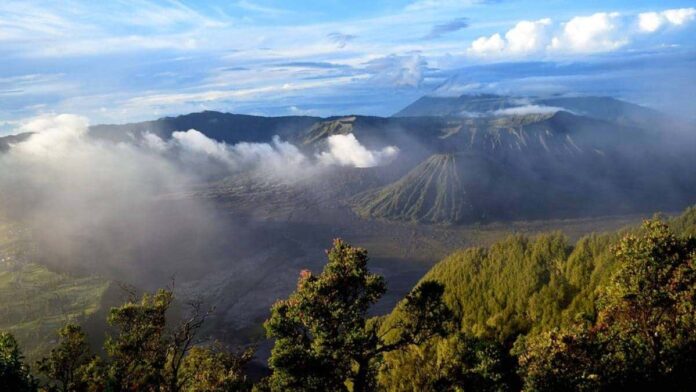Indonesia is an incredibly diverse country that varies significantly from region to region. So the best time to visit Indonesia will depend on the types of activities you want to do and the cultural experiences you want to enjoy.
From the incredible mountains of Lombok to beautiful beaches in Bali, the landscapes are as distinct as they are breathtaking. It’s truly an adventurer’s playground.
Culturally, no two regions are the same, and the activities on offer in each will suit different types of travellers.
When is the best time to go to Indonesia?
There are two main seasons in Indonesia:
- The dry season – April to October
- Monsoon – November to March
Indonesia has a tropical climate, and like other countries in the region, it experiences two main seasons. The dry season, which runs from April to October, and the monsoon season, which runs from November to March.
If it’s the heat you seek, then Indonesia is perfect. With an average daily temperature that ranges from 25– 27° C, you can leave your coat at home.
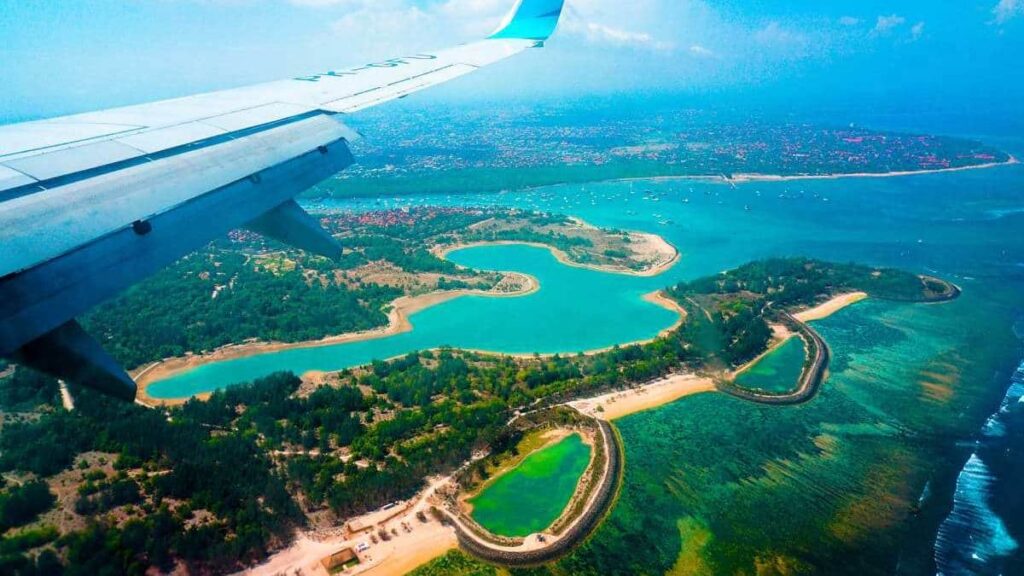
Witnessing the sudden bursts of chaos that the monsoon season brings is an experience in its own right. I have spent numerous occasions in remote bus stations across Asia waiting for a downpour to pass.
However, as breathtaking as rain-soaked countryside can be, the monsoon season can make travelling to one of Indonesia’s many tropical islands extremely difficult.
Below I have broken down the best time to visit Indonesia by regions as there are some significant differences in the length and severity of the monsoon season depending on where you want to go.
READ MORE: What are the best beaches in Indonesia?
When is the best time to visit Indonesia and where to go?
- May to September – Bali and Java
- June and September – Lombok, the Gillis and Kalimantan
- July and August – Sumatra
May to September are ideal months for a trip to Bali and Java
If it’s a relaxing beach holiday in Bali you are after then the best time to visit Indonesia is in May, June and September. The island doesn’t reach its peak for tourism until June and July, so you’ll have the beaches of Sanur and Seminyak all to yourself.
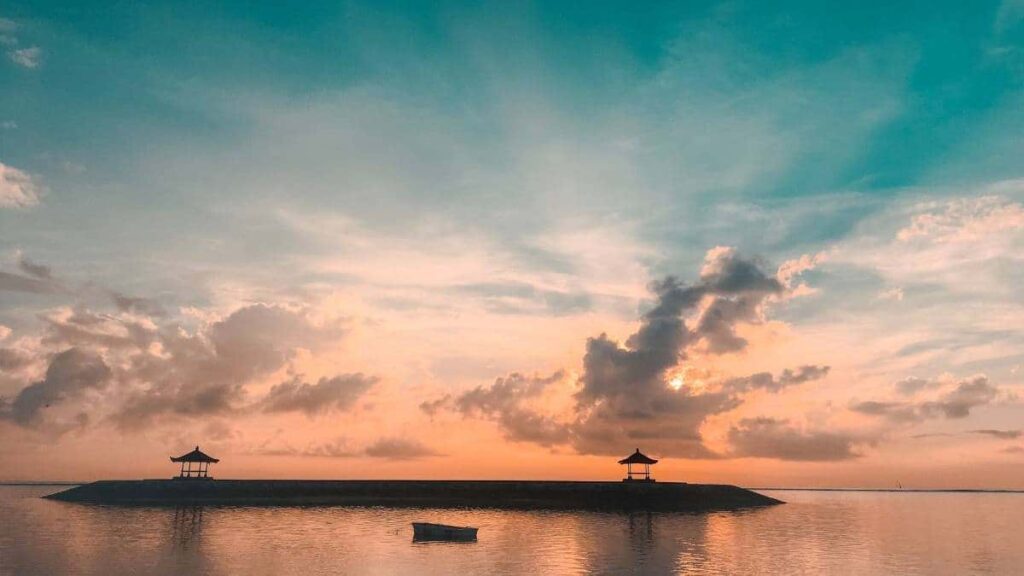
For surfers, June and July are arguably the best time to travel to Indonesia as the surf is excellent at this time of year. Also, make sure to check out the Bali Arts Festival, which runs from June to July and is a perfect introduction to the unique Indonesian culture.
Java, Indonesia’s most populous island that has a whole host of activities for the intrepid explorer to enjoy, is yet another ideal destination to explore between May and September.
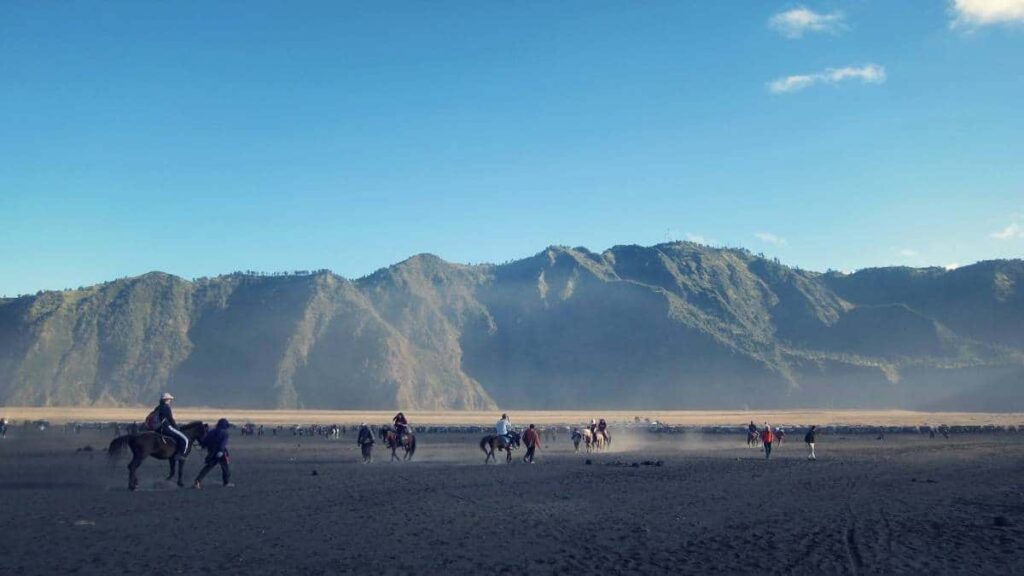
Temples, waterfalls, beaches and many markets await your arrival in Java. If you are planning on doing one of the many beautiful hikes like Gunung Bromo, a visit in the dry season is essential.
Temperatures are slightly higher here than elsewhere in Indonesia, with an average of around 28-30°C. If you do arrive during the rainy season, downpours tend to come in short, intense bursts that last only a few hours a day so you can work around it.
Explore Lombok, the Gillis and Kalimantan in June and September
Tourists flock to Lombok and the Gillis to enjoy beautiful blue waters and entirely untouched beaches. Scuba diving off the coast of Lombok is relatively popular, or you can grab a snorkel and swim with turtles on the Gillis.
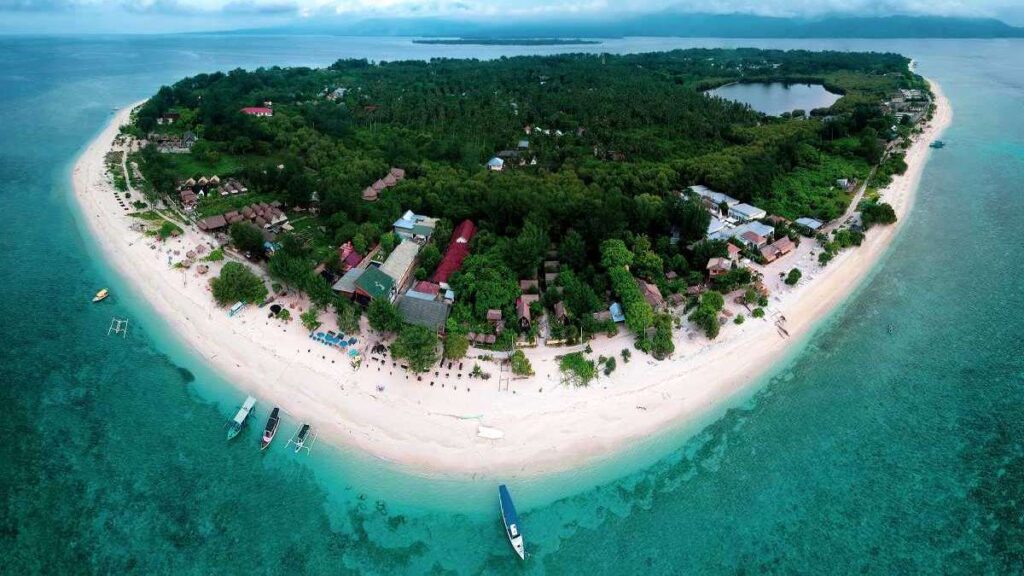
June and September are the perfect time of year to visit as they fall just before and after the main busy period. The smaller crowds also make it far easier to book a tour up Mount Rinjani.
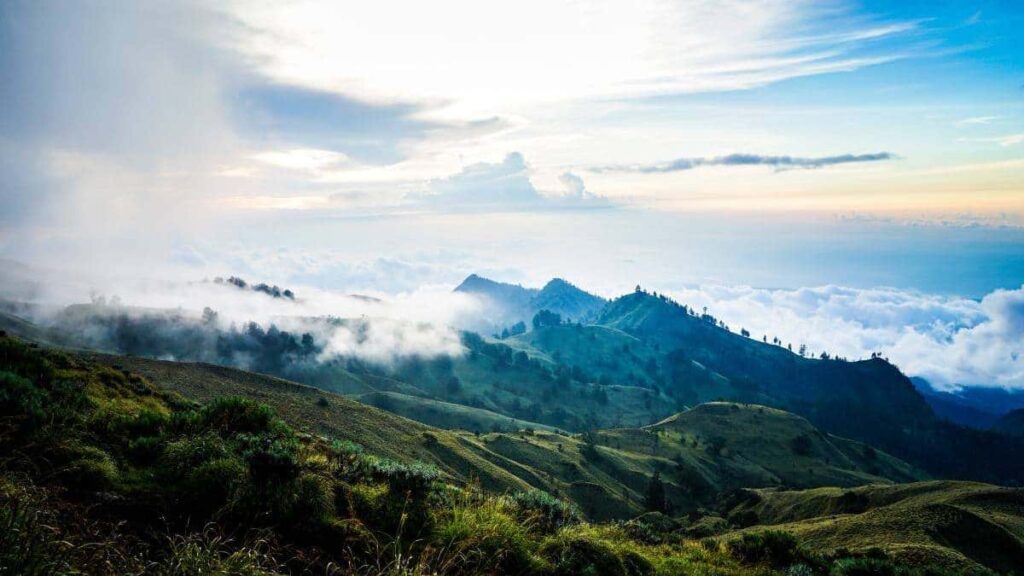
If you’re a price-conscious traveller and asking when is the best time to go to Indonesia, I’d recommend avoiding these places at Christmas, New Year, and the height of summer. Prices tend to skyrocket at these times of the year.
Kalimantan is the Indonesia section of the island of Borneo. Generally speaking, the island doesn’t get as much rain as areas like Java, and the most torrential rain falls from November to January which then eases off significantly from March to May.
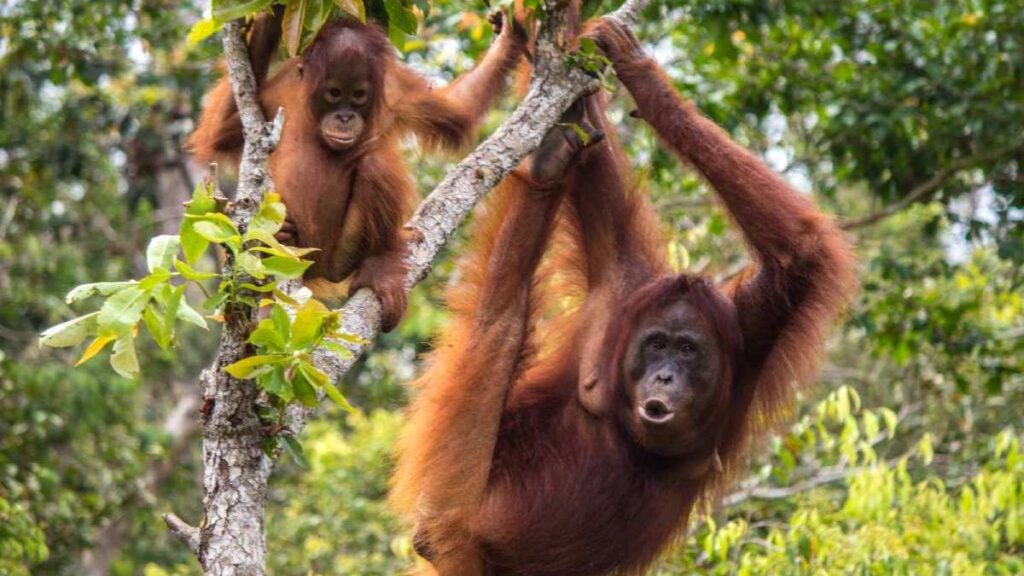
The best time to visit Indonesia to see the Bornean orangutan is in the drier months spanning from June till September as they are more active. The orangutans tend to shelter in the heavy rain so they can be significantly harder to spot when it rains.
July and August are ideal months for Sumatra
Sumatra experiences diverse weather conditions compared to other parts of Indonesia. In the north, you can expect year-round showers in the dense jungle environment of Bukit Lawang with rainfall peaking between October and January.
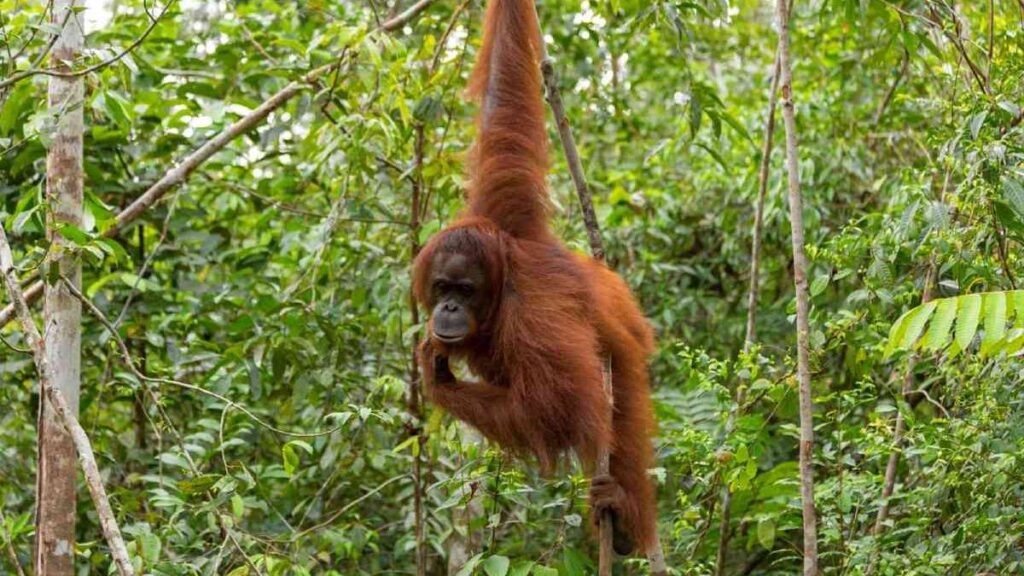
The best time to visit Indonesia if you want to trek the UNESCO World Heritage site of the Gunung Leuser National park and view the endangered Sumatran orangutan in their natural habitat is in July and August. However, these are also the busiest months. If you don’t mind a bit of rain, treks run year-round and will be significantly cheaper outside of the dry season.
I hope this weather guide will help you make an informed decision for your next trip to Indonesia. Remember, no matter what place and time of the year you choose to visit Indonesia, always carry some sunscreen and shades if you plan on hitting the beach.
Check out our Indonesia Travel Guide for tips on everything you need
to know when planning your trip to Indonesia so you can make the
most of your time in this amazing country!

